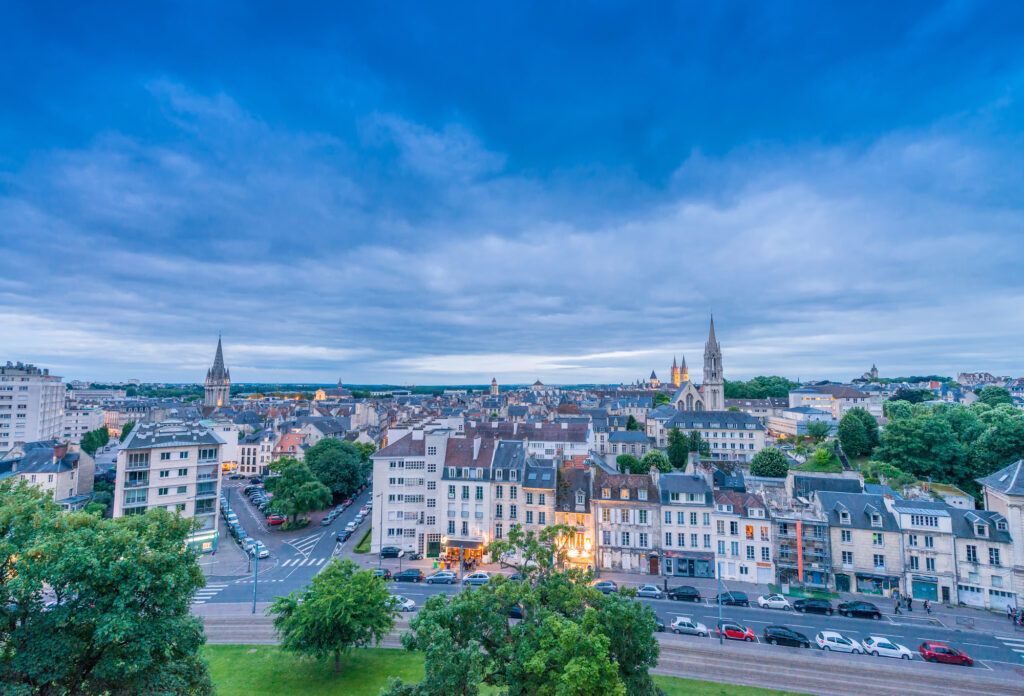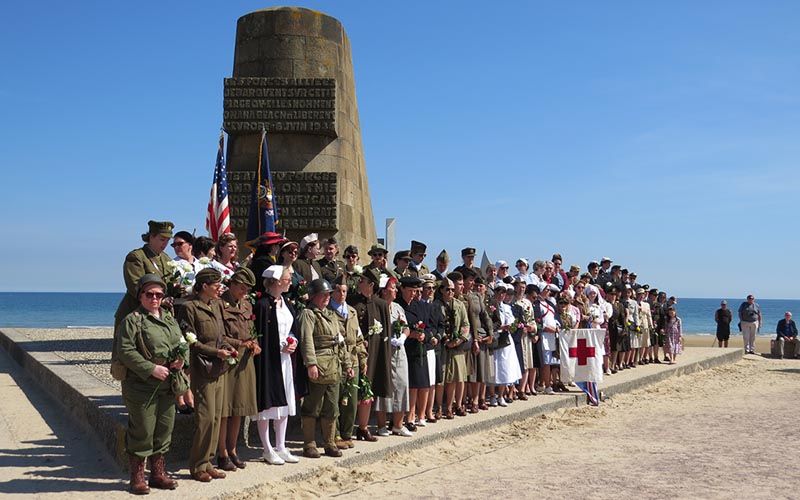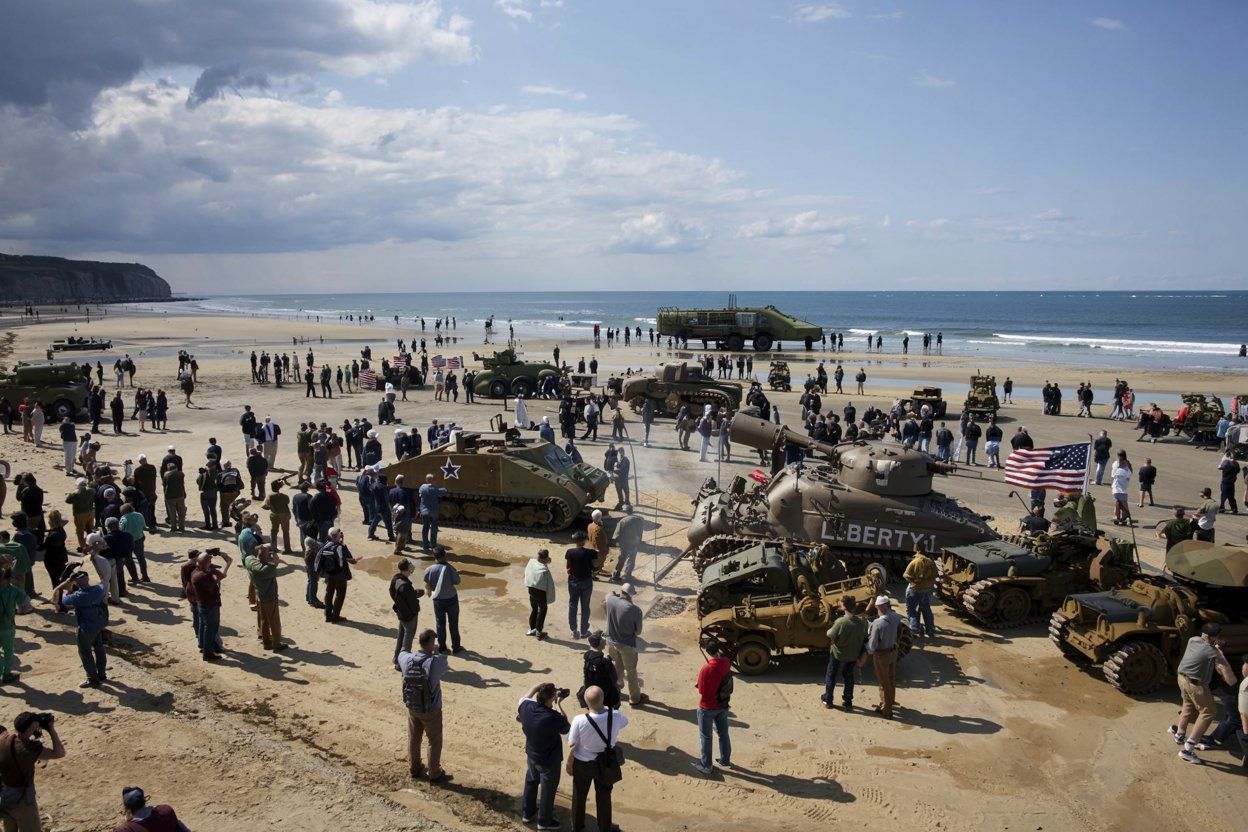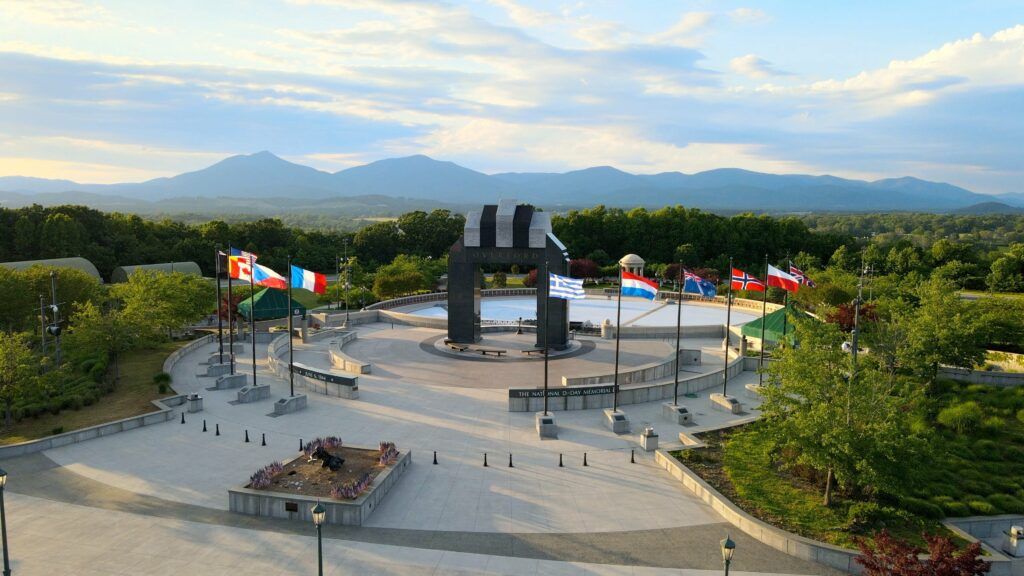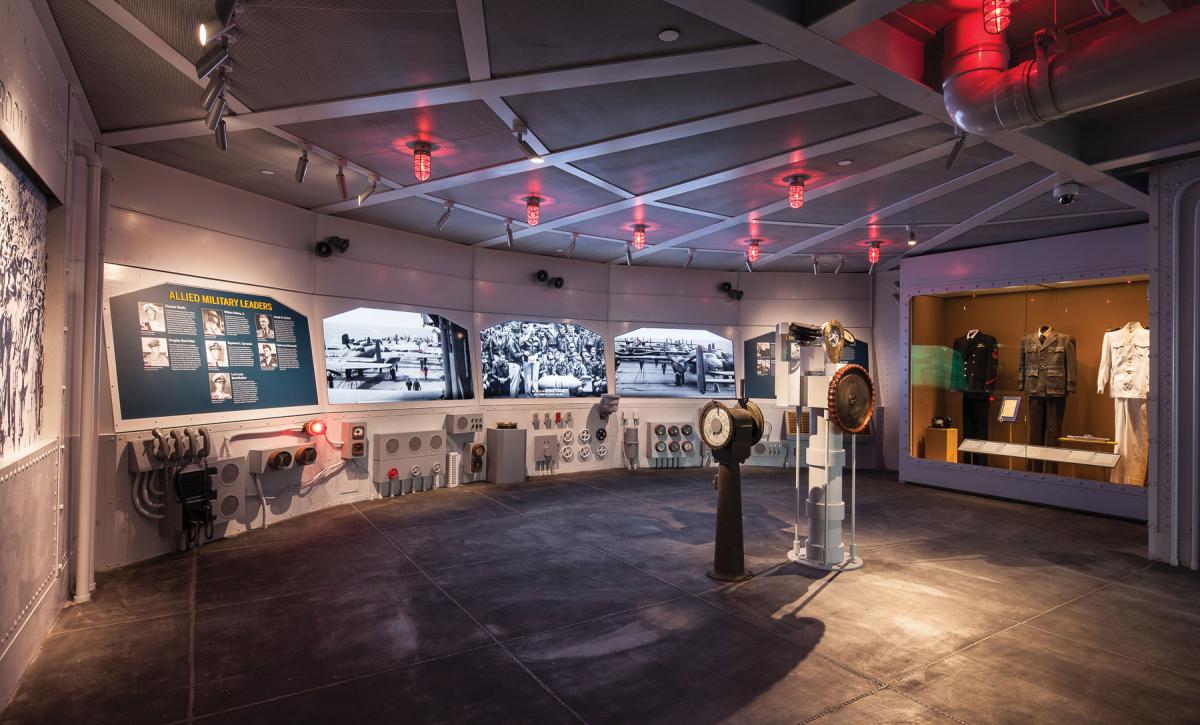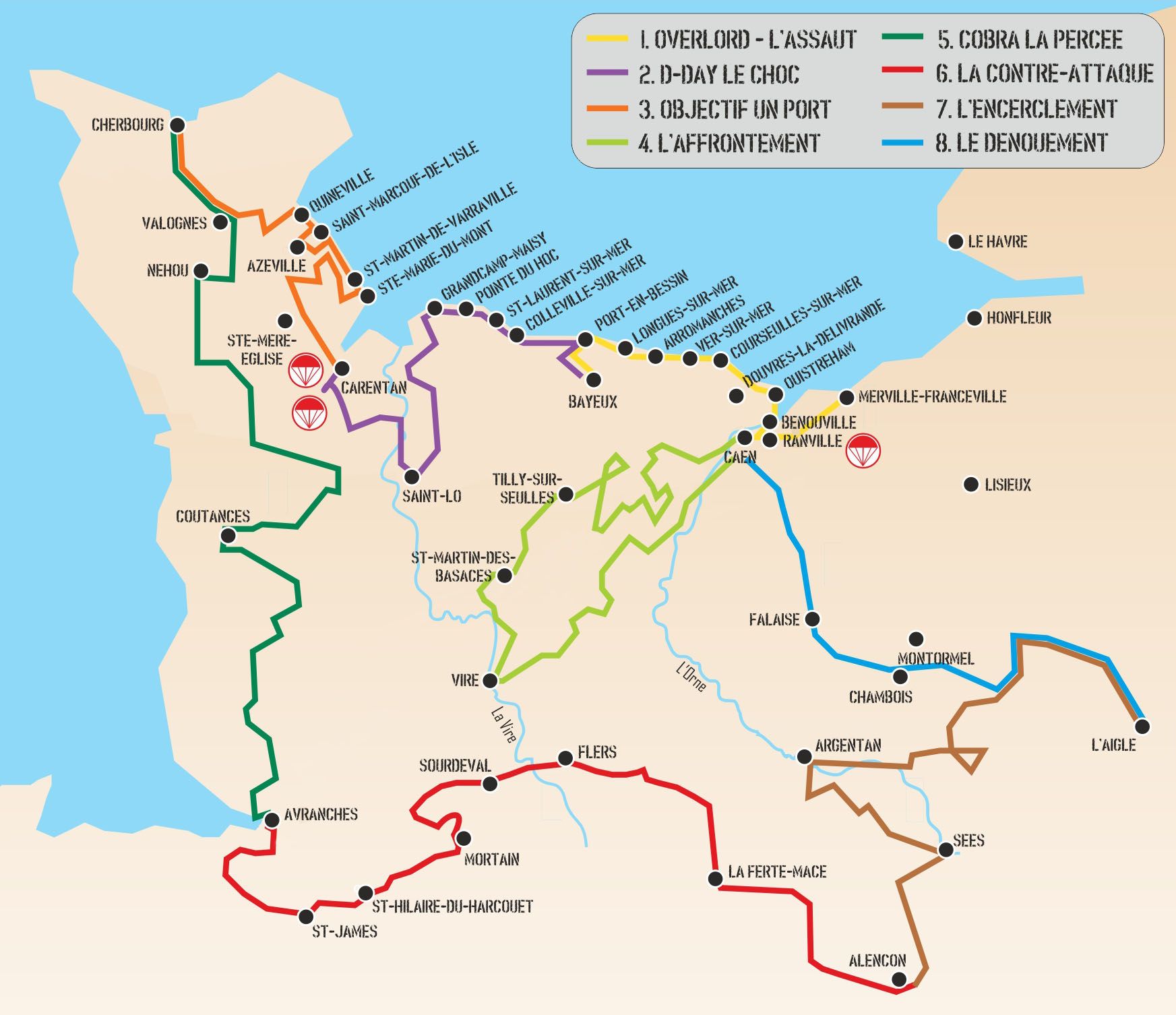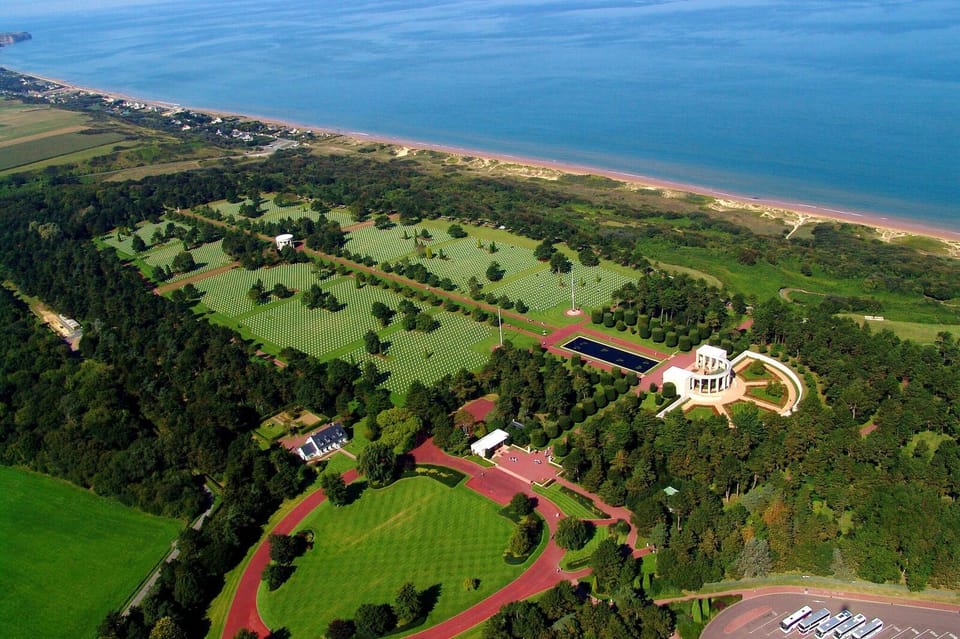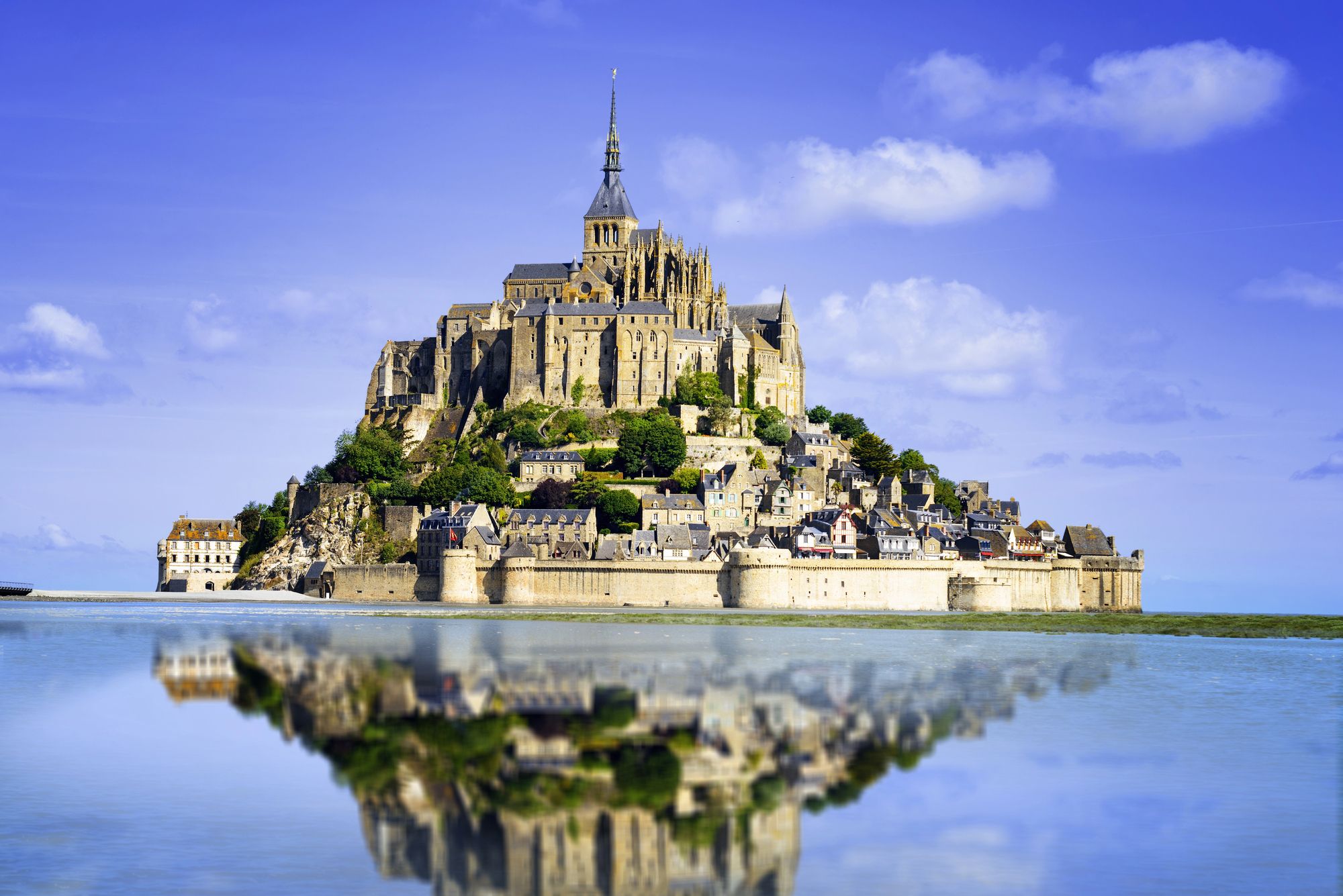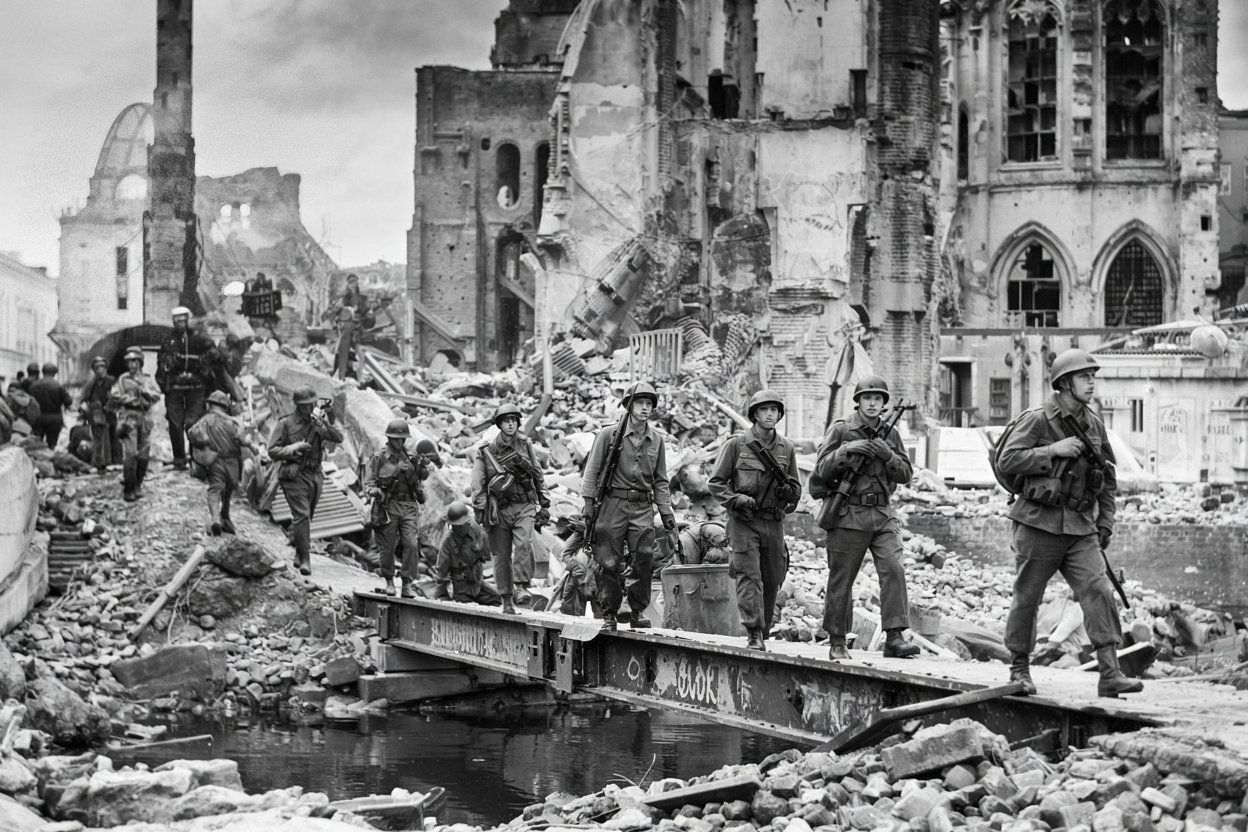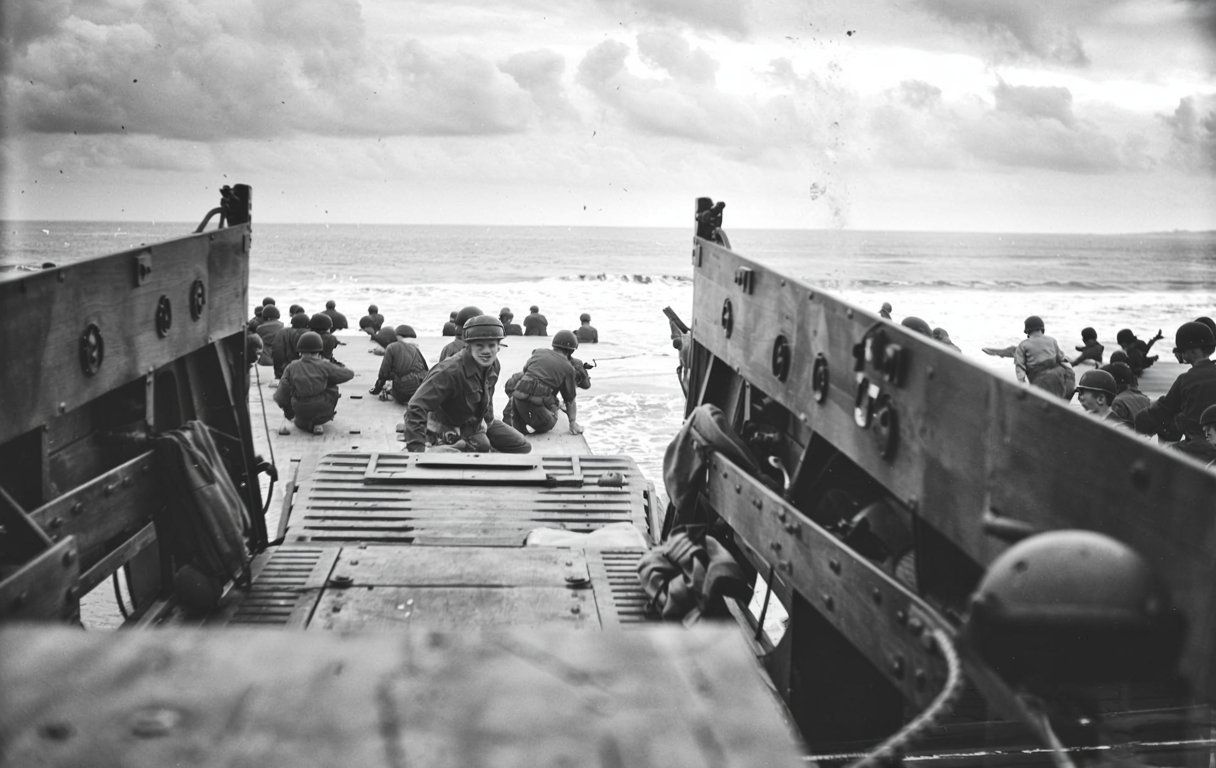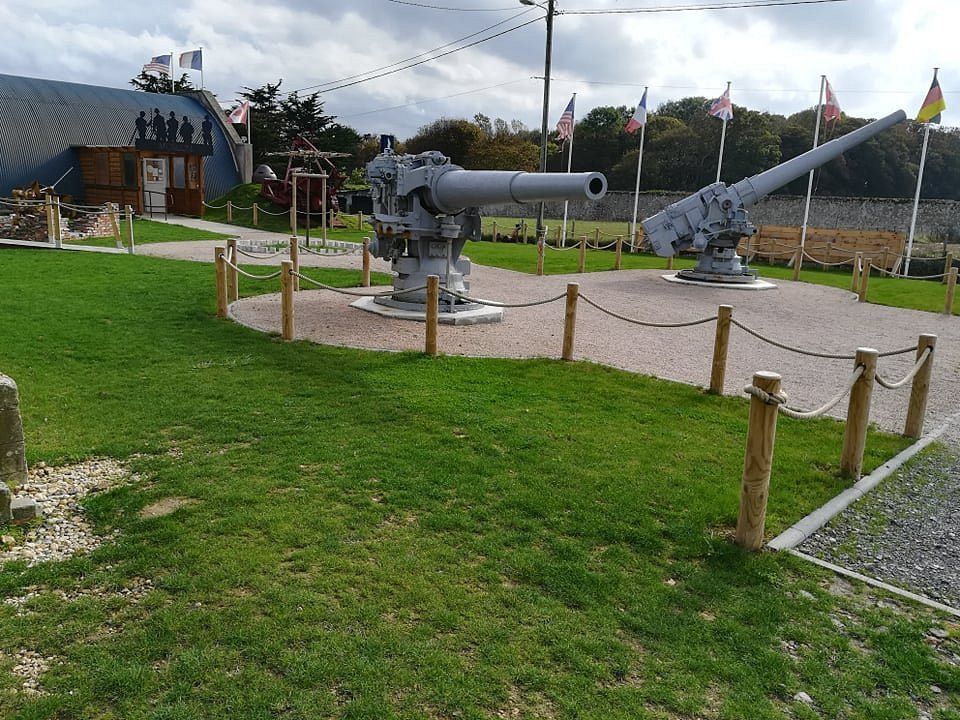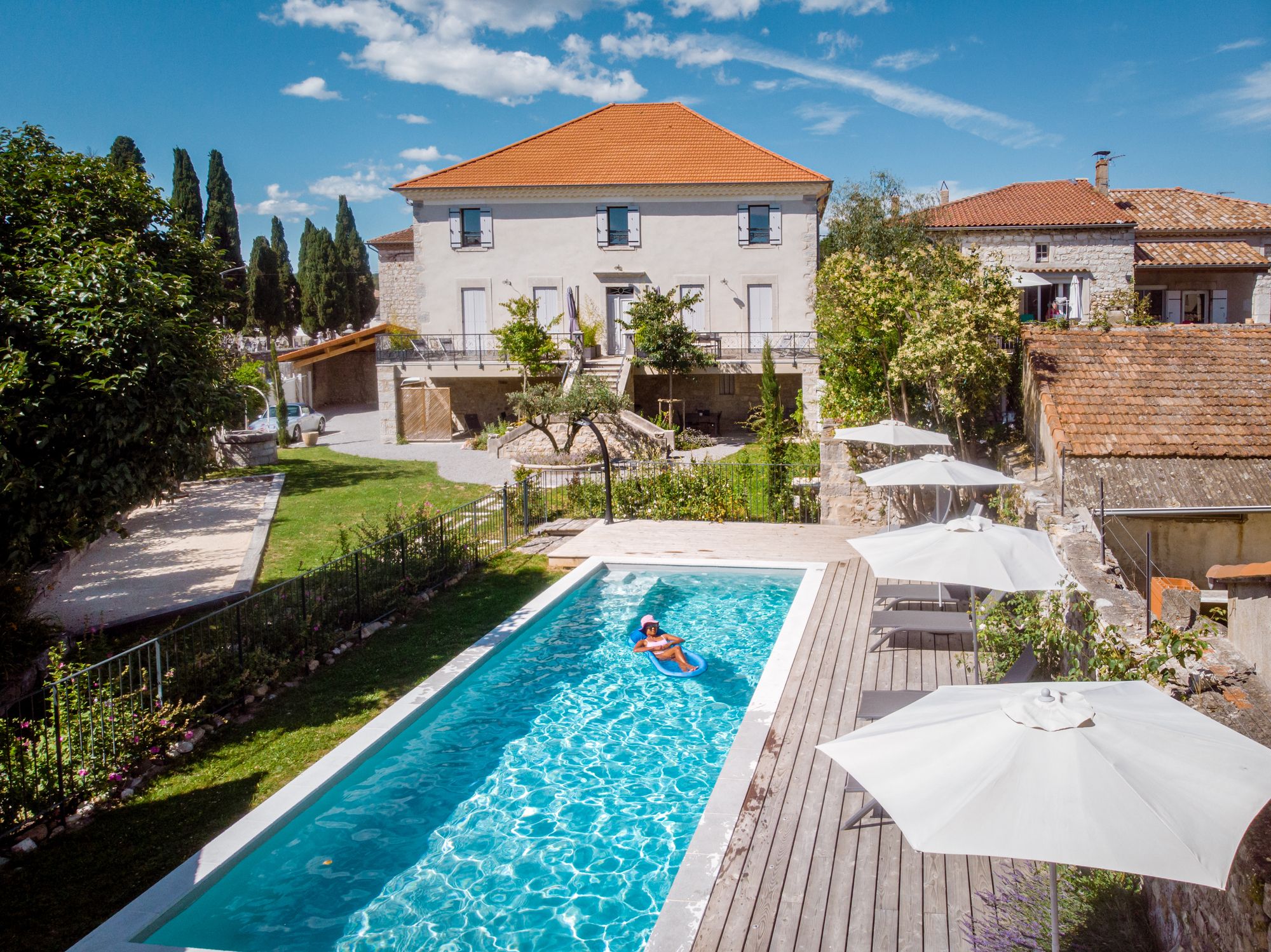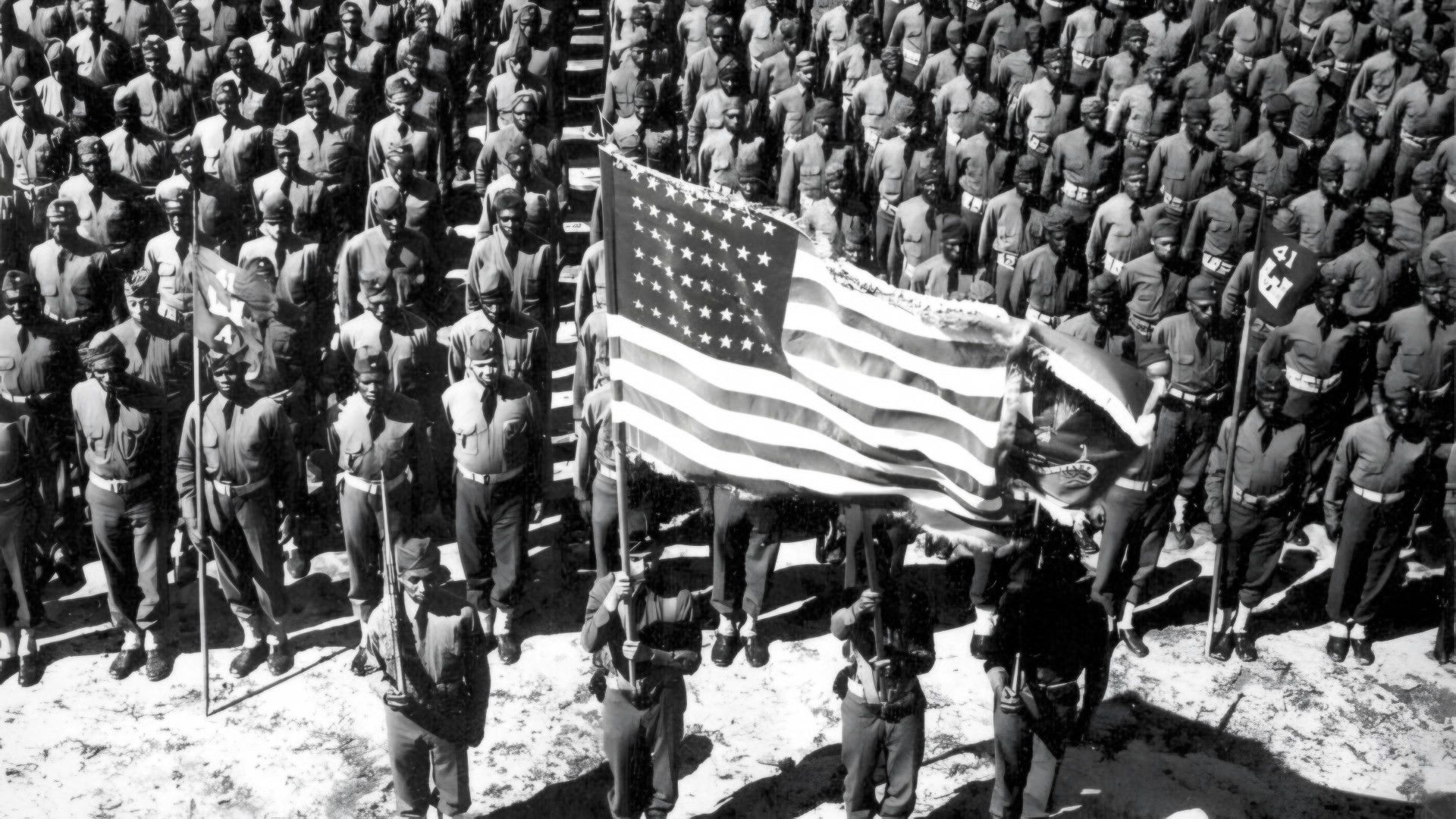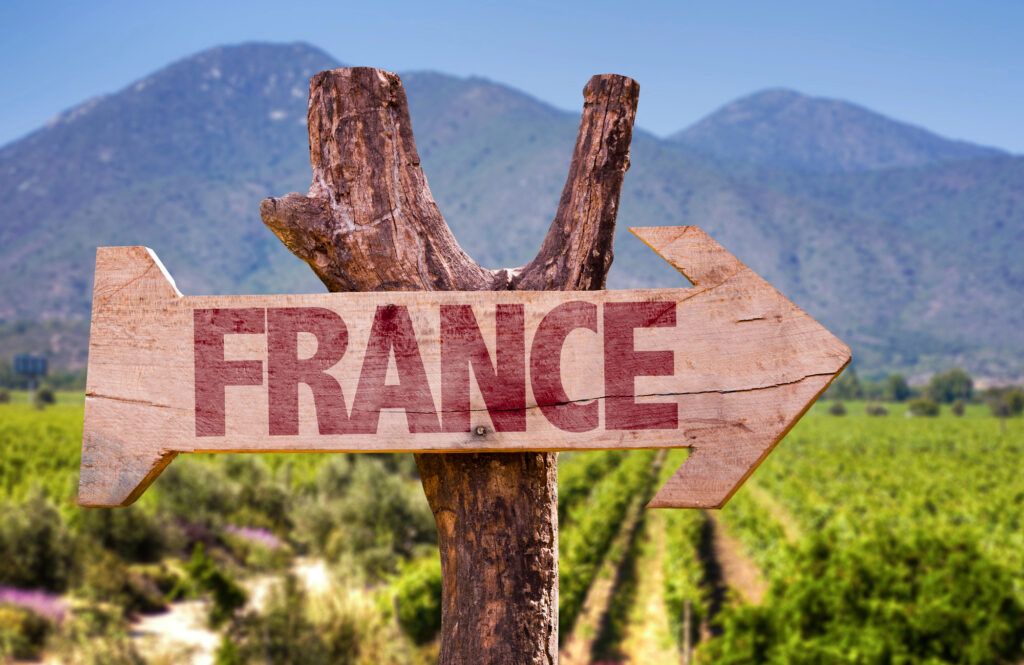Normandy’s got this rare blend of history, culture, and wild coastal views you can actually soak up in just a week. From medieval abbeys to D-Day beaches, every stop peels back a new layer of the region’s story. Honestly, it’s a chance to see how Normandy’s heritage, traditions, and natural beauty all fit together—sometimes in ways you don’t expect.
Late September feels different here. The crowds thin out, and local festivals pop up, giving you more authentic slices of life. You can stroll old towns, check out museums, and dig into seasonal food without elbowing your way through tourists. This week’s highlights mix Normandy’s big-ticket sights with events that only happen this time of year.
1) Visit Mont Saint-Michel Abbey
Step onto Mont Saint-Michel and you’ll notice the steep climb through those narrow, winding streets right away. It’s a bit of a workout, but once you hit the abbey at the top, it’s all worth it.
The abbey’s roots stretch back to the 8th century—it’s been a monastery, fortress, even a prison. You’ll spot both Romanesque and Gothic styles mashed together, and you can wander through the cloister, refectory, and those echoing stone halls where monks once lived.
From the ramparts, the bay’s tides shift so fast it’s kind of wild to watch. Check tide schedules before you go, because the whole landscape can flip in a few hours. The view is stunning, but crowds are a thing, especially during peak weeks.
Tickets are a must, and lines form early. Evenings tend to be quieter, but opening hours change with the seasons. For details, hit up the Abbaye du Mont-Saint-Michel site.
Want more ideas for walks, museums, or food nearby? Guides like things to see and do at Mont-Saint-Michel help you figure out how long to linger.
2) Walk the D-Day Beaches
You can actually walk the same sand where Allied troops landed on June 6, 1944. Each of the five main beaches—Utah, Omaha, Gold, Juno, Sword—tells its own story and still has landmarks left behind. The place gives you a sense of scale no museum can really match.
At Omaha Beach, the Normandy American Cemetery overlooks the shore. White crosses stretch in rows, marking the cost of the operation. The site blends open coastal views with formal memorials, so you move between nature and history in one go.
Utah Beach feels quieter. There’s a museum tucked behind the dunes, with exhibits on airborne landings and naval support. The beach itself is less built up, which makes it easier to imagine the events of 1944.
If you’re up for it, follow a route linking all five beaches. Guides like the Normandy Beaches Guide lay out what happened where and what’s still there. It’s a good way to see how different nations played their part and how the landscape shaped the battle.
Walking these beaches takes time. The weather can change fast, and the distances aren’t short. Parking’s usually available, but public transport isn’t great.
3) Explore Rouen’s Medieval Old Town
You could rush through Rouen’s Old Town in under an hour, but why would you? The half-timbered houses line twisty streets that somehow survived centuries of chaos. Many were rebuilt after WWII bombings, but the old layout is still there.
The Gothic Rouen Cathedral towers over everything. Monet painted it again and again, and you can see why—the light on the stone shifts all day. Entry’s free, so even if you’re short on time, it’s an easy win.
Not far off, the Gros-Horloge—a big old astronomical clock—spans the street. It’s one of those landmarks you can’t miss, and if you climb the tower, you’ll get a nice view over the rooftops.
Old Market Square hits a heavier note. Joan of Arc was executed here in 1431. Now there’s a modern church, and the cafés around the square make a good spot to pause and think.
If you want to dig deeper, check out things to see and do in Rouen or browse Rouen attractions for more ideas.
4) Tour the Caen Memorial Museum
Kick off your visit with permanent exhibits tracing 20th-century conflicts, from World War I through the Cold War. The museum puts a big focus on WWII and the Battle of Normandy, giving you a solid overview before you hit the landing beaches.
If you like to move at your own pace, grab a self-guided ticket. That way, you can linger where you want—maybe you’re into D-Day operations or the postwar years. Families seem to like this, since you control the pace.
Guided tours happen, especially during school breaks and busy seasons. A guide can tie the museum’s stories to the wider Normandy landscape. You can even pair your ticket with a guided visit to key D-Day sites, which helps connect what you see indoors to the real locations.
The museum’s big, so set aside at least half a day. Some sections, especially on wartime atrocities, can get heavy—so don’t feel bad about taking breaks.
5) Discover Bayeux Tapestry Museum
Bayeux’s medieval streets are charming, but the town’s real claim to fame is the Bayeux Tapestry. This 11th‑century embroidery tells the story of the Norman conquest of England in 1066, and it’s one of Europe’s most studied artifacts.
Right now, though, the Bayeux Tapestry Museum is closed for big renovations until 2027. So you won’t see the original tapestry in Bayeux this week.
The tapestry’s heading to London—British Museum will display it from September 2026 to July 2027. If you’re planning ahead, maybe that’s your shot to see it outside France.
Still, Bayeux has plenty to offer. The Memorial Museum of the Battle of Normandy, the impressive cathedral, and the old town center are all worth a wander. You get both medieval and WWII history in a walkable area.
If you came for the tapestry, just shift gears and focus on Bayeux’s other museums and landmarks. The town’s layers of history are still there, even with its star artifact out of sight.
6) Hike the Cote d’Albatre Cliffs
Walk the Côte d’Albâtre paths to see white chalk cliffs stretching over 80 miles. The stretch between Étretat and Yport is a favorite for its coastal views and easy-to-follow trails. Honestly, walking is the only way to really get the cliffs’ scale and the wild sea.
Paths range from gentle to steep, with some uneven bits. Wear good shoes, and be ready for weather that changes on a dime. There’s not much shade, so pack water and sunblock.
You’ll pass through fishing villages where harbor life still feels real—not just for show. These stops let you catch your breath and see daily life beyond the usual tourist track. The dramatic cliffs paired with quiet towns make this more than a scenic walk.
For route tips and highlights, check out Alabaster Coast guides. If you want something shorter, the Côte d’Albâtre near Étretat has marked trails right from town.
7) Experience Deauville’s Seaside Charm
Stroll Deauville’s wooden boardwalk, Les Planches, where beach cabins sport movie star names. It’s an easy way to take in the sea air, and it’s one of those places everyone seems to photograph.
Deauville’s also big on horses. You might catch riders exercising horses on the sand in the morning. The racetrack draws locals and visitors alike, offering a peek into a tradition that really shapes the area.
If you’re after a slower vibe, hit the Sunday market in Trouville-sur-Mer next door. The stalls brim with seafood, cheese, and whatever’s fresh that week. It’s just a short walk over the bridge, but the pace feels more local.
There’s a casino and luxury shops too, but prices are steep. For something quieter, maybe spend more time in Honfleur or smaller villages. Or mix Deauville’s seaside strolls with a quick trip to Honfleur and Trouville, where things slow down a bit.
8) Attend a Local Normandy Festival
Dive into Normandy’s culture by joining a seasonal festival. In September, towns around the region throw events celebrating food, music, and history—often right in the town squares, so you can’t really miss them.
History buffs might like the D-Day Festival Normandy, with reenactments, parades, and exhibitions tied to WWII. June is the big month, but some commemorations and smaller events spill into autumn, especially along the coast.
Food festivals pop up everywhere this time of year. Local producers bring out cider, cheese, and seafood—you get to taste the region and meet the folks behind it. The crowds are smaller than summer’s, and the mood’s more laid-back.
You’ll also stumble onto medieval fairs or music events listed on Normandy’s festival calendar. These range from street performances to concerts in old churches. Some are free, others need tickets—so check ahead.
Festivals break up your trip, let you meet locals, and show how Normandy keeps its traditions alive.
9) Visit Fondation Claude Monet in Giverny
Explore Claude Monet’s old home and gardens in Giverny, about 70 kilometers west of Paris. The Clos Normand flower garden and the water garden—with that famous Japanese bridge—bring the painter’s world to life.
Inside, Monet’s house feels personal and a bit modest. But it’s the gardens that steal the show. Most people spend their time outside, wandering paths that pop up in his paintings.
The Fondation Claude Monet opens this season from April 1 to November 1, daily from 9:30 a.m. to 6 p.m., with last entry at 5:30 p.m. Book tickets ahead to dodge the lines, especially on weekends.
It does get busy, since visitors come from everywhere. If you want some quiet, show up early. Even with the crowds, ducking off the main paths can give you a little peace.
For planning, see the official Fondation Monet website.
10) Sample Calvados at a Distillery
Normandy’s Calvados region has a bunch of distilleries where you can see firsthand how they make their famous apple brandy. It’s not quite like other spirits—the apples get fermented into cider first, then distilled, then tucked away in oak barrels to age. Most places open their doors for tours and tastings, even in the off-season.
At spots like the Calvados Experience in Caen, you’ll hear stories about the drink’s roots and its place in local culture. Some guides geek out about the impact of barrel aging on flavor, which—honestly—is pretty interesting if you’re into that kind of detail. You’ll usually get to taste a lineup, from young, punchy blends to older bottles with more depth.
Booking through Rue des Vignerons or GetYourGuide can save you some hassle, since these sites offer flexible cancellation and let you pay when you arrive. If you’re after something low-key, the smaller family-run estates might feel friendlier than the bigger, more polished distilleries.
Just a heads-up: tours often fill up, especially in September. You’ll want to book in advance. And if you’re thinking of hopping between several distilleries, allow some extra time—driving those country roads can take longer than you’d expect.
Travel Tips for Visiting Normandy in Late September
Late September in Normandy? It’s cooler, quieter, and everything seems to slow down a notch. You’ll want to pack for changeable weather, keep your plans flexible, and maybe brush up on a few local customs to make the most of your trip.
Weather and Packing Essentials
Expect temperatures between 11°C (52°F) and 18°C (64°F), but it can feel chillier along the coast with that wind coming off the sea. Rain isn’t rare—think more drizzling than downpours.
Layers are your friend: bring a light sweater, a waterproof jacket, and some shirts you can mix and match. A small umbrella or rain poncho fits easily in your bag and comes in handy. Good walking shoes are a must, especially if you’re wandering old towns or heading to the D-Day beaches.
By late September, the sun sets around 7:30 PM. If you’re staying somewhere rural, a pocket flashlight isn’t a bad idea since streetlights can be scarce.
The sea hovers near 17°C (62°F)—pretty brisk unless you’re wearing a wetsuit. Most people stick to coastal walks rather than swimming at this time of year.
Transportation and Accessibility
Normandy’s public transport works well between bigger towns, but once you get into the countryside, it’s not as frequent. Trains run from Paris to Caen, Bayeux, and Rouen, but you’ll need a bus or a car to reach smaller places. Renting a car gives you the most freedom, honestly.
Roads are generally good, though some country lanes get narrow—watch out for tractors and cyclists. Towns have parking, but if you’re aiming for big sights like Mont-Saint-Michel, spots fill up fast.
If you’d rather not drive, regional buses connect the main towns, but schedules thin out at night and on Sundays. Always double-check the times.
Cycling’s popular too, with marked routes by the coast and through farmland. Just keep in mind, late September can mean wet roads and gusty winds, so it’s not always a breeze.
Local Customs and Etiquette
People in Normandy appreciate a polite hello. Say “Bonjour” when you walk into a shop or start chatting. When you leave, a quick “Merci, au revoir” is the norm.
Most restaurants serve lunch from 12:00 to 2:00 PM, then close until dinner around 7:00 PM. If you show up outside those hours, you might have to settle for a bakery or café.
Tipping isn’t required—service is included—but rounding up or leaving a bit of change is always nice.
Markets are lively in September, especially on weekends. Let vendors pick out produce for you, unless you ask first.
English gets you by in touristy spots, but trying a few French phrases goes a long way and usually earns you a smile.
Cultural Highlights and Seasonal Events
Normandy’s calendar is busy this week—food, film, a bit of history, and plenty of local color. Even if you’re just wandering, you’ll probably bump into an event or exhibit that draws you in.
Notable Festivals and Celebrations
Late September brings a mix of old and new. The Festival of Norman Gastronomy in Rouen is a highlight—think cider, cheese, seafood, and chefs showing off regional recipes. You can sample dishes and watch cooking demos that make the most of autumn’s harvest.
Deauville’s American Film Festival is still rolling, and while it draws a crowd, it’s not overwhelming. Screenings are open to the public, and the vibe is more laid-back than you might expect from a film fest.
Wine harvest parties pop up all over France, including Normandy. These are smaller than the big Burgundy or Bordeaux events, but you still get tastings, small concerts, and village markets. It’s a mellow way to enjoy local wine and music.
If you want to see what’s on, Normandy Tourism has a 2025 events list. Worth a look before you go—some of the best festivals aren’t widely advertised and are easy to miss if you don’t check ahead.
Art Exhibitions and Performances
Normandy’s museums and galleries mix permanent collections with seasonal shows. The Mémorial de Caen usually rolls out special exhibitions in September, diving into World War II themes with documents, photos, and personal stories. If you’re into history—or just a curious visitor—these displays tend to grab your attention.
Over in Giverny, the Fondation Claude Monet stays open until November. You can wander through Monet’s restored gardens and catch temporary exhibits that tie back to his impressionist roots. Early autumn usually means fewer people, so the visit feels laid-back.
Theaters in Caen and Rouen put on small performances—anything from classical music to modern plays. Sure, the venues aren’t huge, but they often spotlight local talent. Schedules change week to week, so you’ll want to check Normandy events calendars for what’s on.
You’ll find that these cultural events let you see a different side of Normandy—one that’s very much alive, full of creative energy, and maybe a bit surprising if you’re expecting only historic sites.

